For those of you who are keeping track, Kelli’s old Country Kitchen is now under contract. The transition timeline has officially begun and in a few short weeks, this missive will be coming to you live from Kelli’s new City Kitchen. On a practical note, I no longer have to worry about keeping my counters spotless. Considering Thanksgiving is right around the corner, this brings me great joy.
Speaking of Thanksgiving, let’s talk turkey. First, some amazing factoids: Americans consume 46 million turkeys every Thanksgiving. It is the protein of choice for nine out of ten people in the United States. Like most things these days, there is the potential for “turkey shortages” during this holiday season. Turkey farmers in the US raised just as many turkeys in 2021 as they did in 2020 and 2019. Actually, it’s not so much a shortfall in the annual turkey harvest as an issue with frozen backstock and logistics. The turkeys are not where they need to be and the supply chain to get them there is broken. The COVID impact on Thanksgiving celebrations in 2020 led to smaller gatherings of people. Smaller gatherings meant that more people were out in search of smaller turkeys. Usually, turkey consumption runs the gamut from small to giant birds with unsold inventory stored in deep freeze to maintain stock throughout the year. But with the pivot in the turkey market in 2020, the frozen inventory of turkeys nationwide suffered about a 20% depletion. Translation: there are fewer frozen turkeys, especially small ones, to shore up the inventory from this year's harvest.
For those of us in Churchill County, this means that we will likely have plenty of turkeys to prepare for Thanksgiving, but they may not be the turkey of our dreams. My spouse and I celebrated a non-Thanksgiving last year sans turkey, despite having procured a lovely Nevada-raised heritage breed bird. So, I am already all stocked up with a premo bird ready for roasting. For the avid turkey-lovers, consider investing in a turkey raised by Sue Kennedy from Kennedy Ranch in Lamoille next year, all Sue’s birds are spoken for this year. Heritage turkeys are not cheap, but neither is most food produced outside of the heavily government-subsidized industrial farming system. More importantly, the money that you spend on a heritage turkey goes directly to the farmer who raised the bird. The meat is the most succulent turkey you have ever eaten. Your stomach will thank you and you will wax nostalgic about your Thanksgiving dinner for the rest of the year.
Over the course of my culinary life adventures, I have prepared turkey in a variety of different ways. Roasted (breast up and breast down), barbecued, deep-fried, and smoked. Made spatchcocked turkey, turkey leg confit, and opted for a selection of turkey parts chosen based on the preferences of my guests. Do you have a disproportionate number of dark meat fans in your life? Consider roasting legs and thighs exclusively.
Regardless of how I cook my turkey, I always submerge my bird in a flavorful brine for at least one night if not two. A brine is a mix of salt, sugar, water, and a variety of flavoring ingredients. Thanks to osmosis, a bird submerged in a flavorful brine will suck all of the seasonings, salt, and water into its flesh. Resulting in a super-tasty turkey virtually impervious to drying out during cooking.
Here’s a pretty basic recipe for making a turkey brine. For every 1 gallon of water, mix in 1 cup of salt (not iodized) and ½ cup of sugar, brown sugar, or honey. Stir together until the dry ingredients are completely dissolved. Add whatever flavoring ingredients you want. Some examples include bay leaves, lemons, black peppercorns, garlic, fresh herbs (especially thyme, rosemary, and sage), juniper berries, allspice, cloves, star anise, or whatever dry spices tickle your fancy. Brine a whole turkey 12-24 hours. For a turkey breast, a chicken, pork loin, or equivalent amount of meat, brine for 8-12 hours. Once the time is done, pull the meat out of the liquid, pat dry, and allow to sit out until totally dry and a little tacky. Discard the brining liquid.
If you are planning on roasting your bird, I recommend starting the turkey breast down. This allows all of the juices to run down into the breast as opposed to out into your roasting pan. About 30 minutes before the turkey is done, carefully flip the bird over and let the breast brown on top. This technique eliminates the need for basting and yields a juicy breast. And for goodness’ sake, let the bird rest for at least 30 minutes before carving.
As a bonus, here is a super simple recipe for cream scones that is quick, easy, and delicious. These scones are a perfect way to equip you with the energy that you need to prepare a memorable Thanksgiving dinner!
Cream Scones
Yield - 6 scones
INGREDIENTS:
2 c flour
1 T baking powder
1 t salt
2 t sugar
4 T butter, cold and cut into small cubes
6 oz add-ins (dried fruit, nuts, chocolate chips, etc)
OPTIONAL - citrus zest (1 fruit), 1 t spice (cinnamon, cardamom, nutmeg, etc)
6 fl oz heavy cream
2 fl oz milk
Turbinado Sugar
DIRECTIONS:
Preheat oven to 400 degrees.
Mix together flour, baking powder, salt, and sugar breaking up any clumps. Add in cold butter, toss in the flour mix and smash/rub into the flour until the mixture is the consistency of sand.
Add in your “add-in” and optional ingredients. Mix Add in cream and milk. Stir to combine.
Form into a slightly shaggy disc about 7” across. Wrap in plastic and refrigerate until the oven is preheated.
Cut disc into 6 wedges, dust with turbinado sugar. Bake for 25 minutes on a parchment-lined sheet pan. Scones will be slightly puffed and golden brown on top.


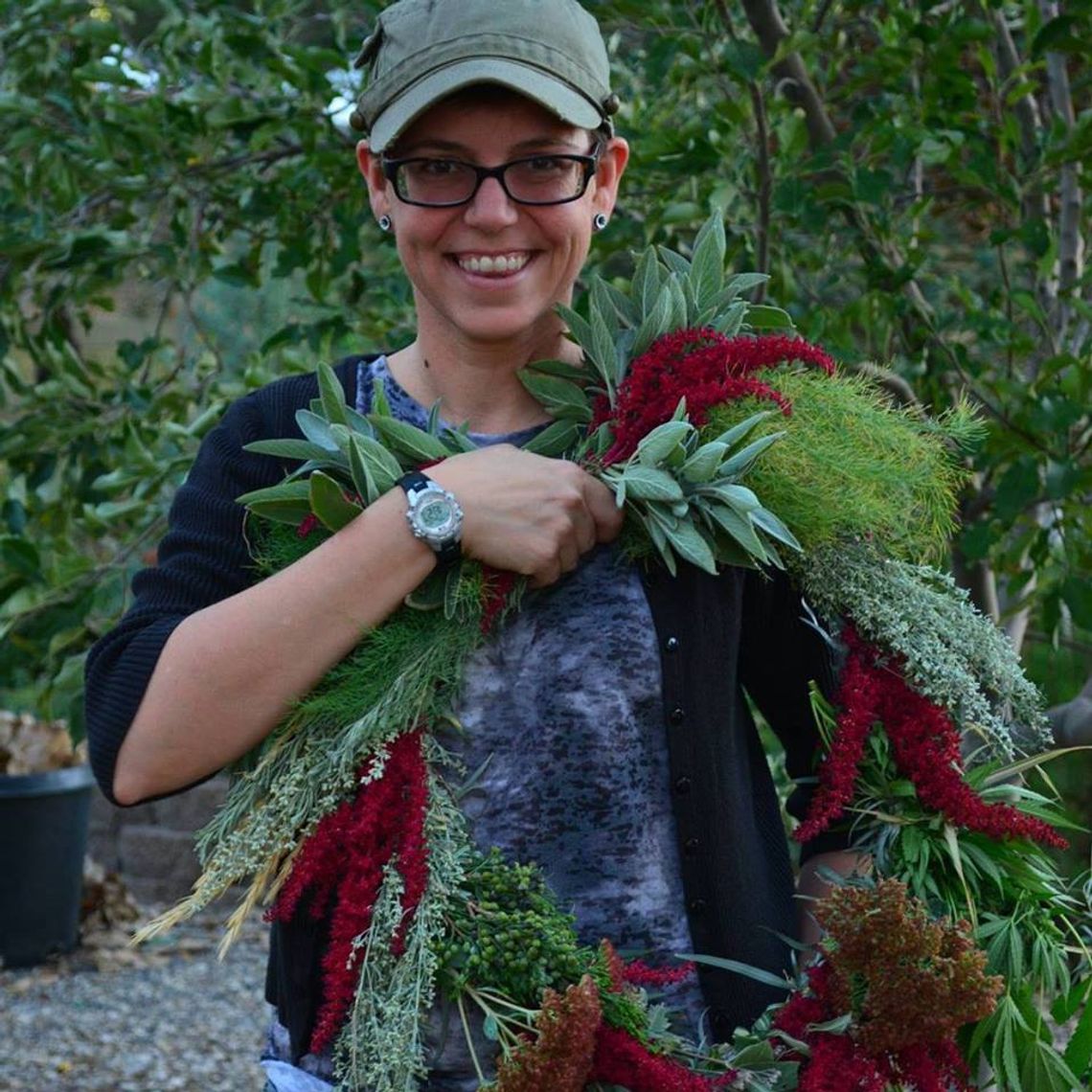

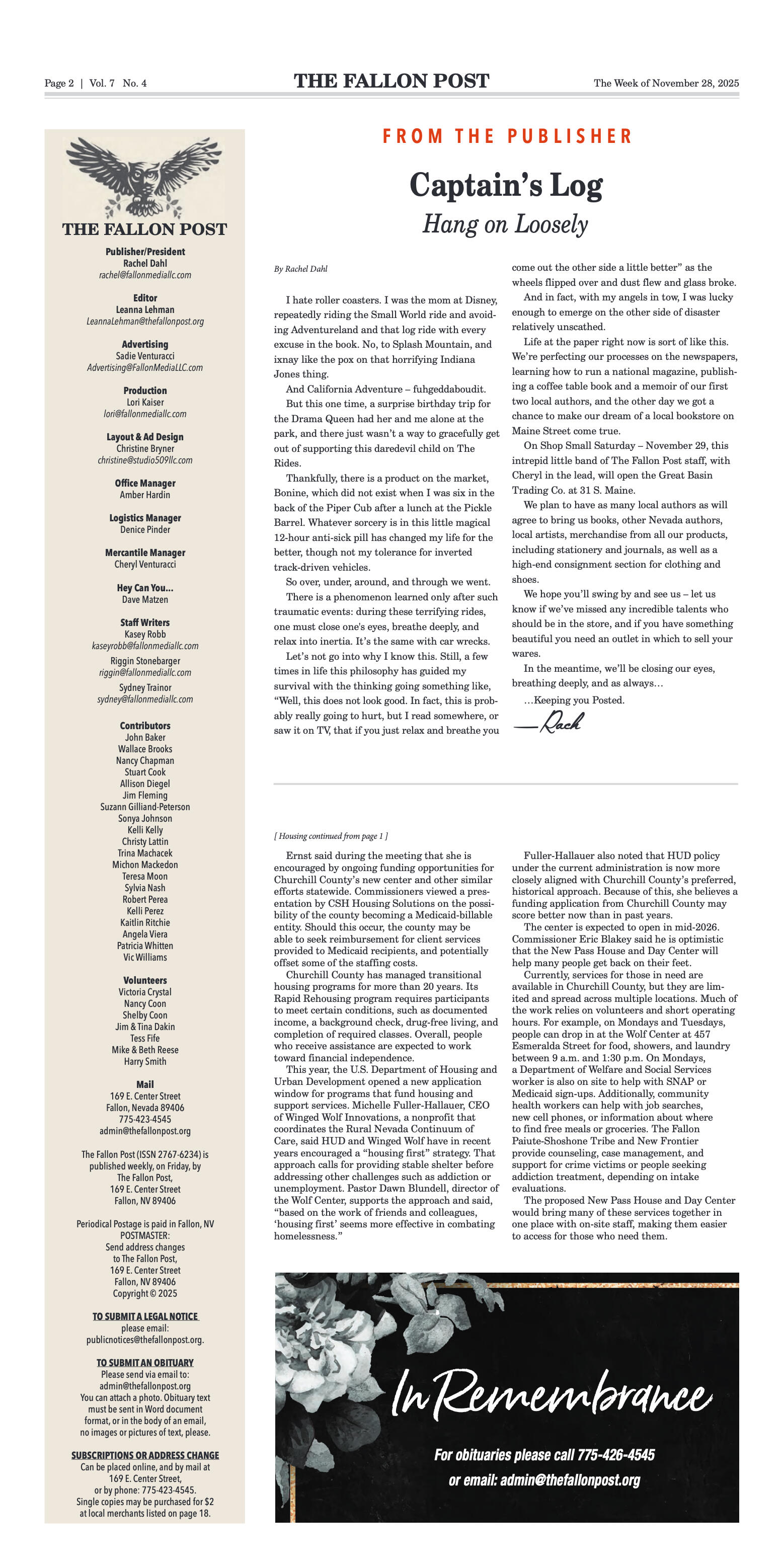
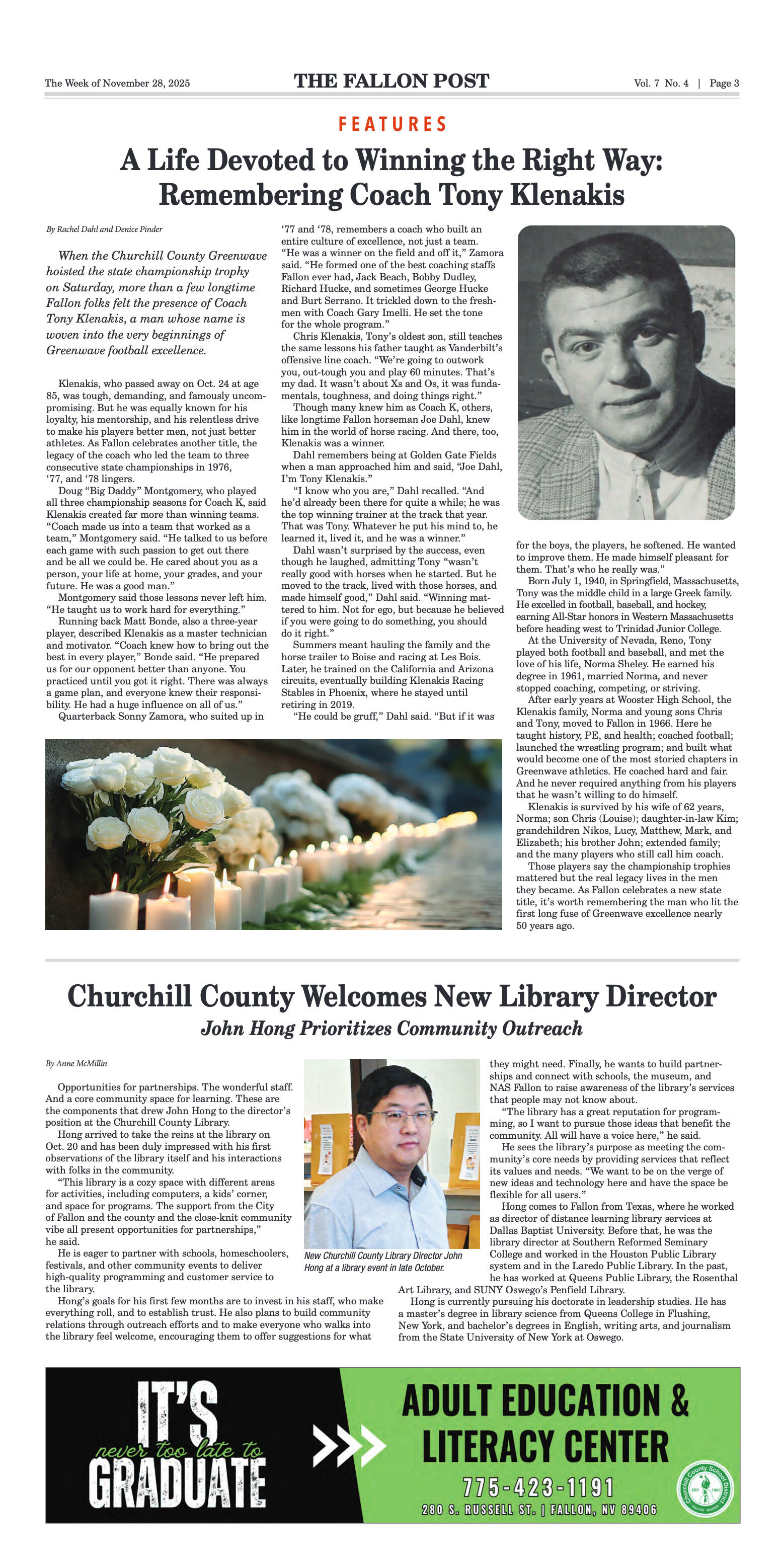

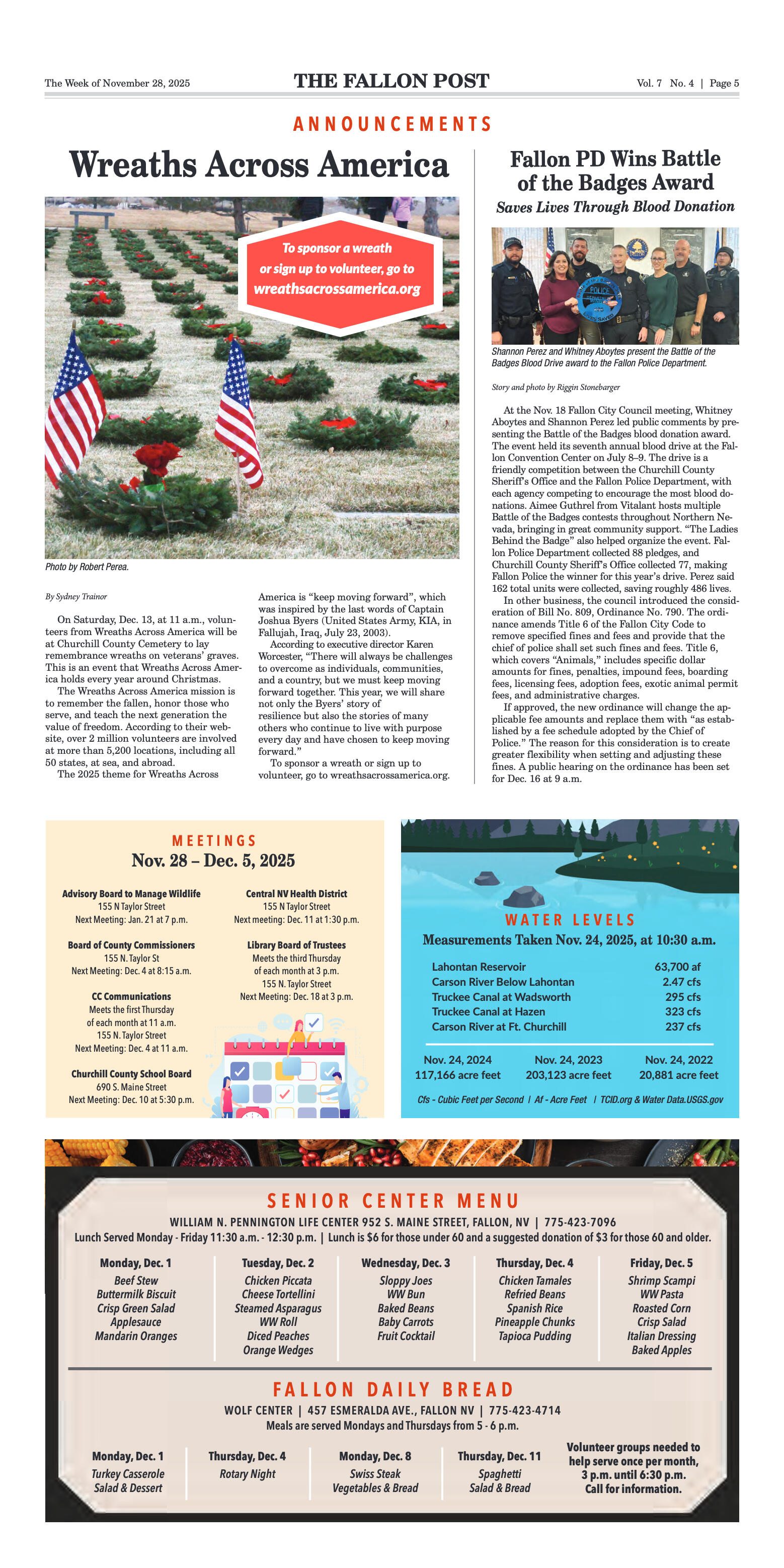
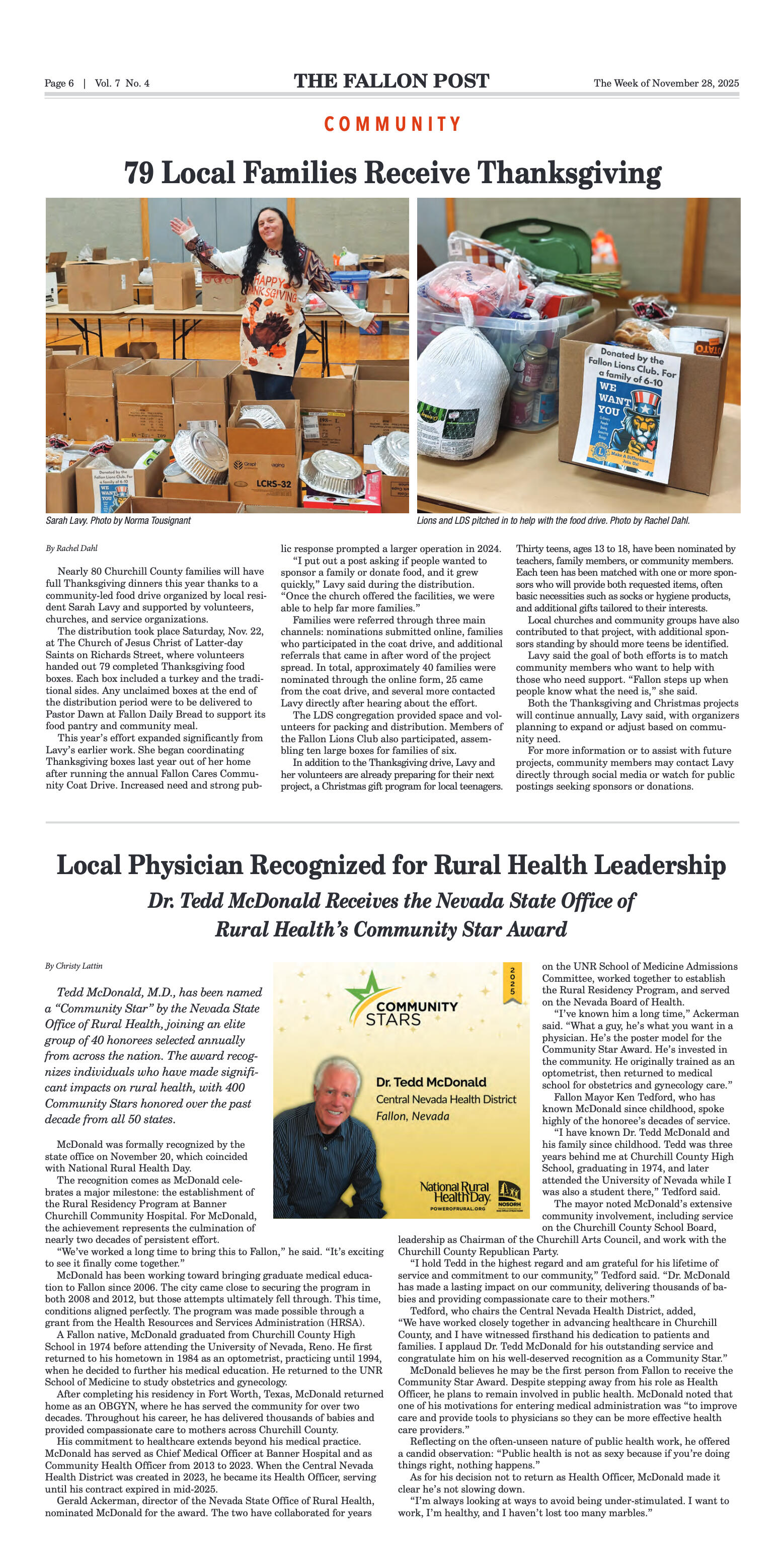
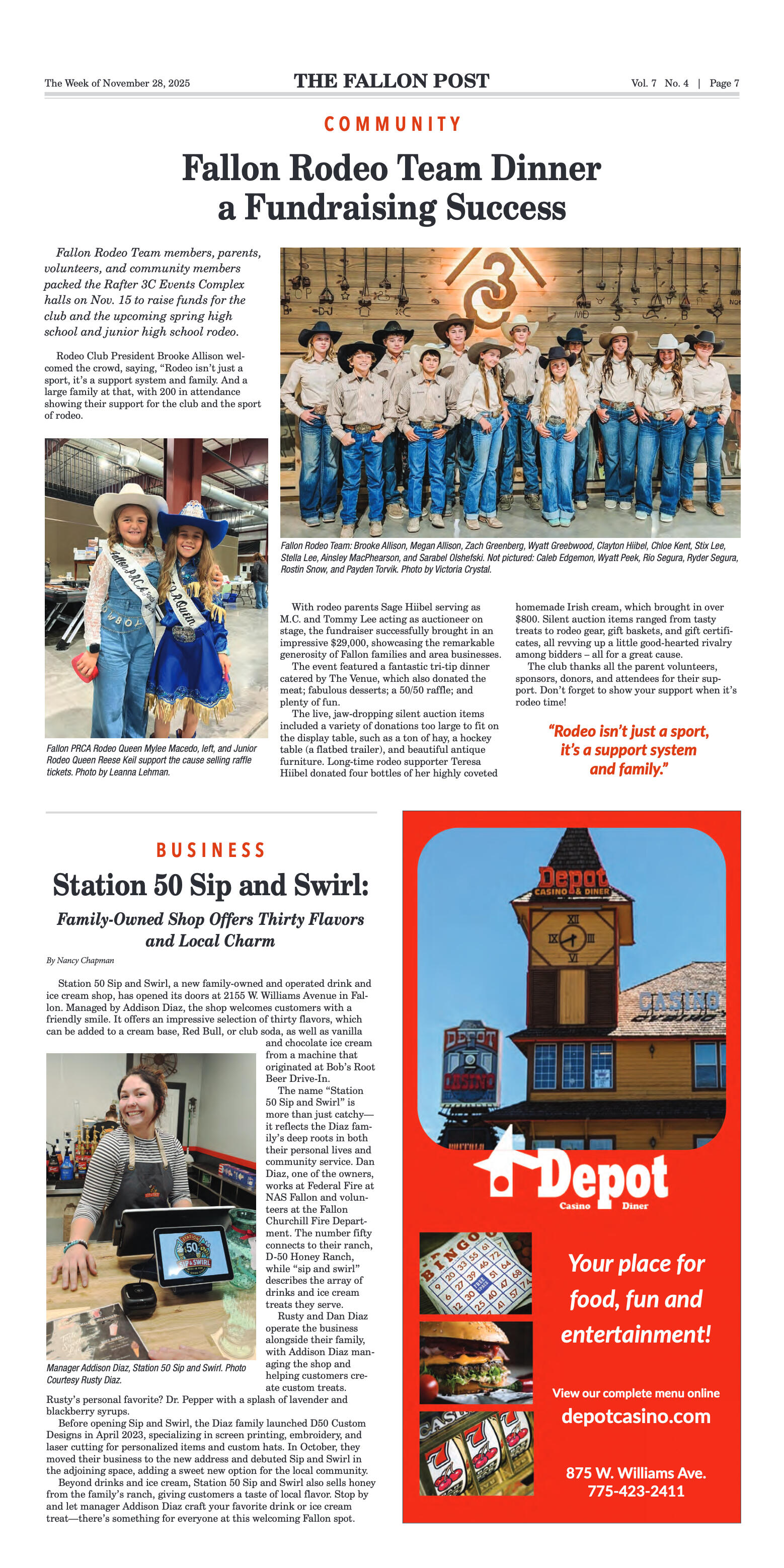
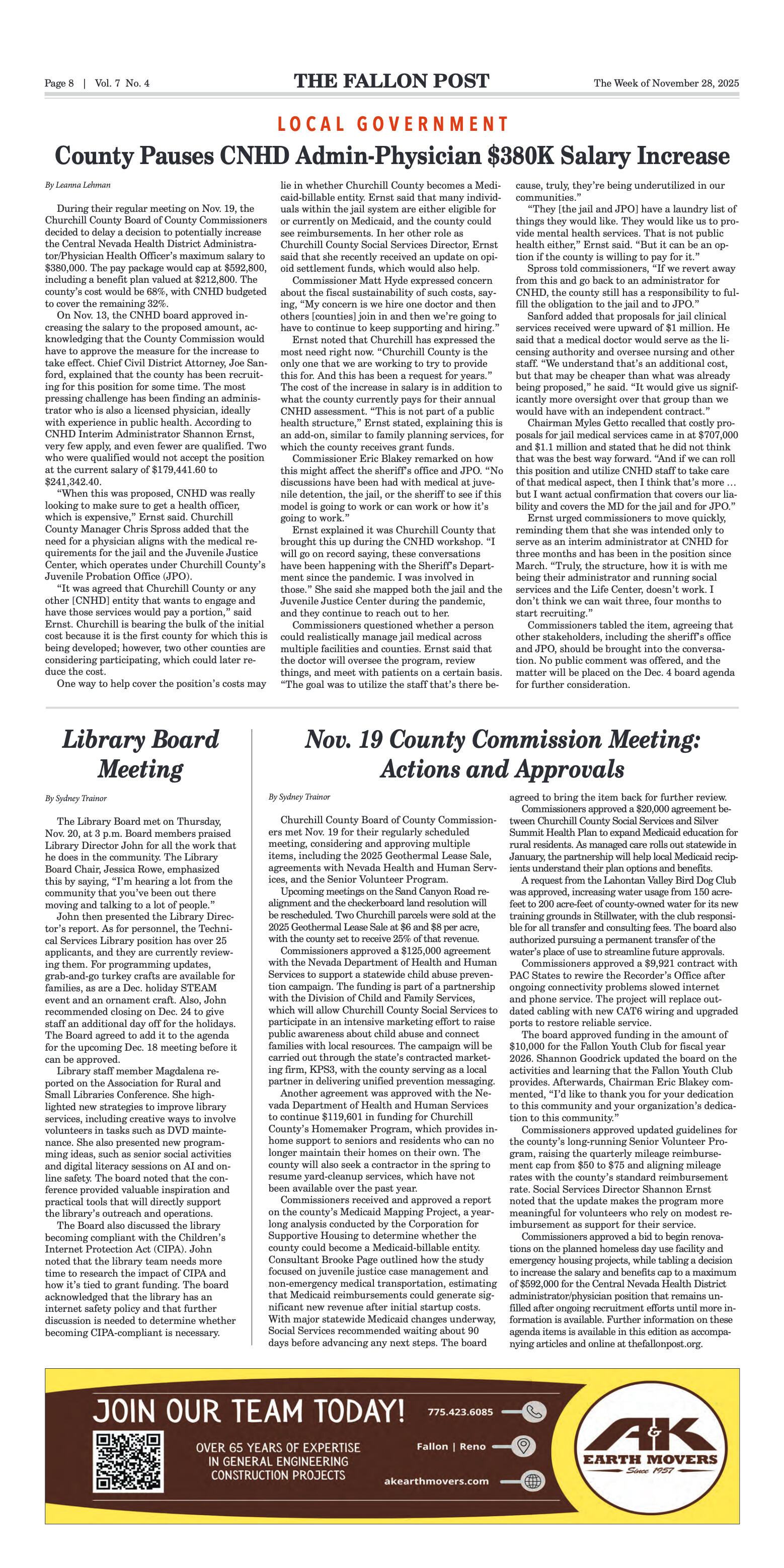
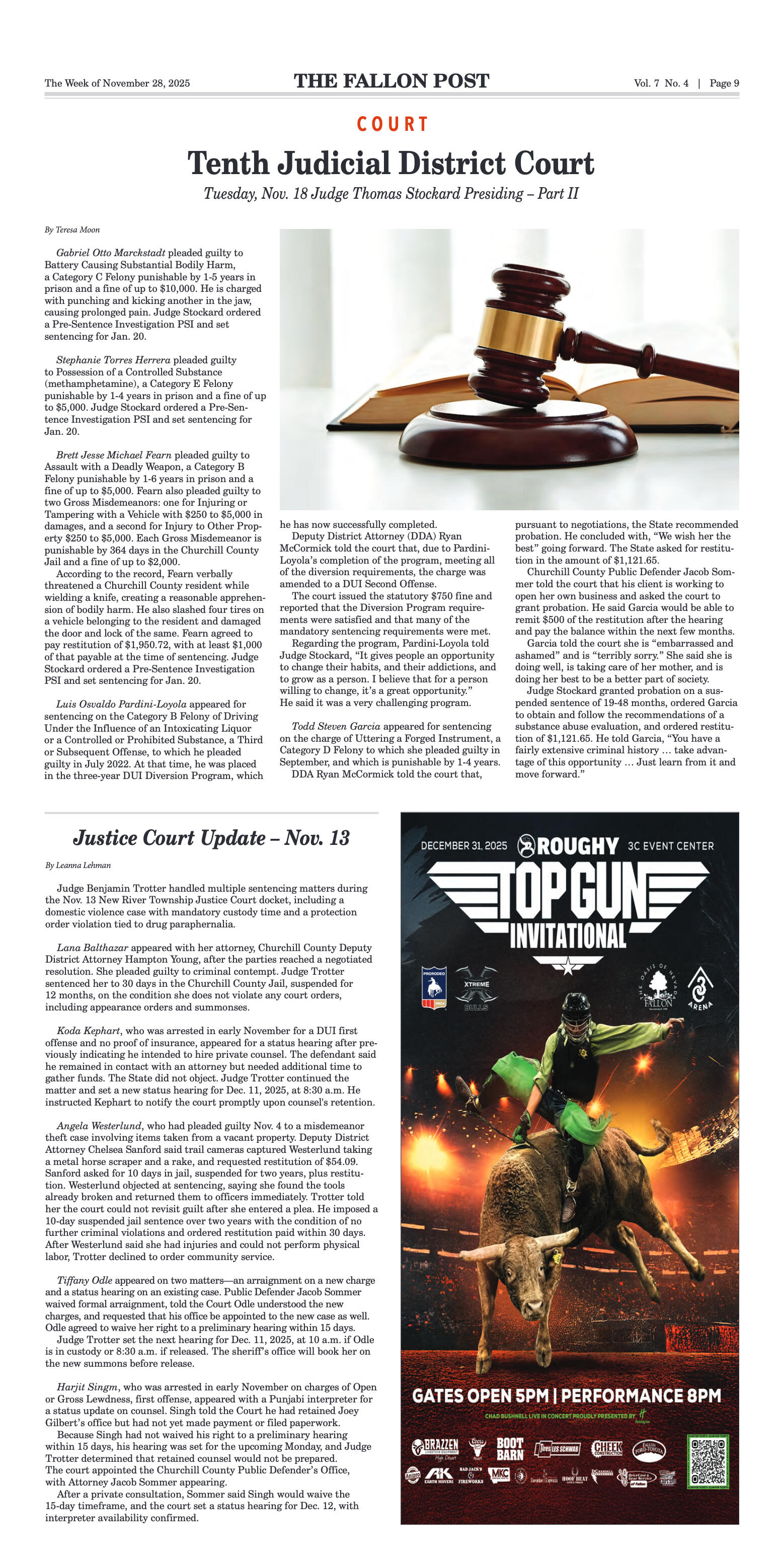
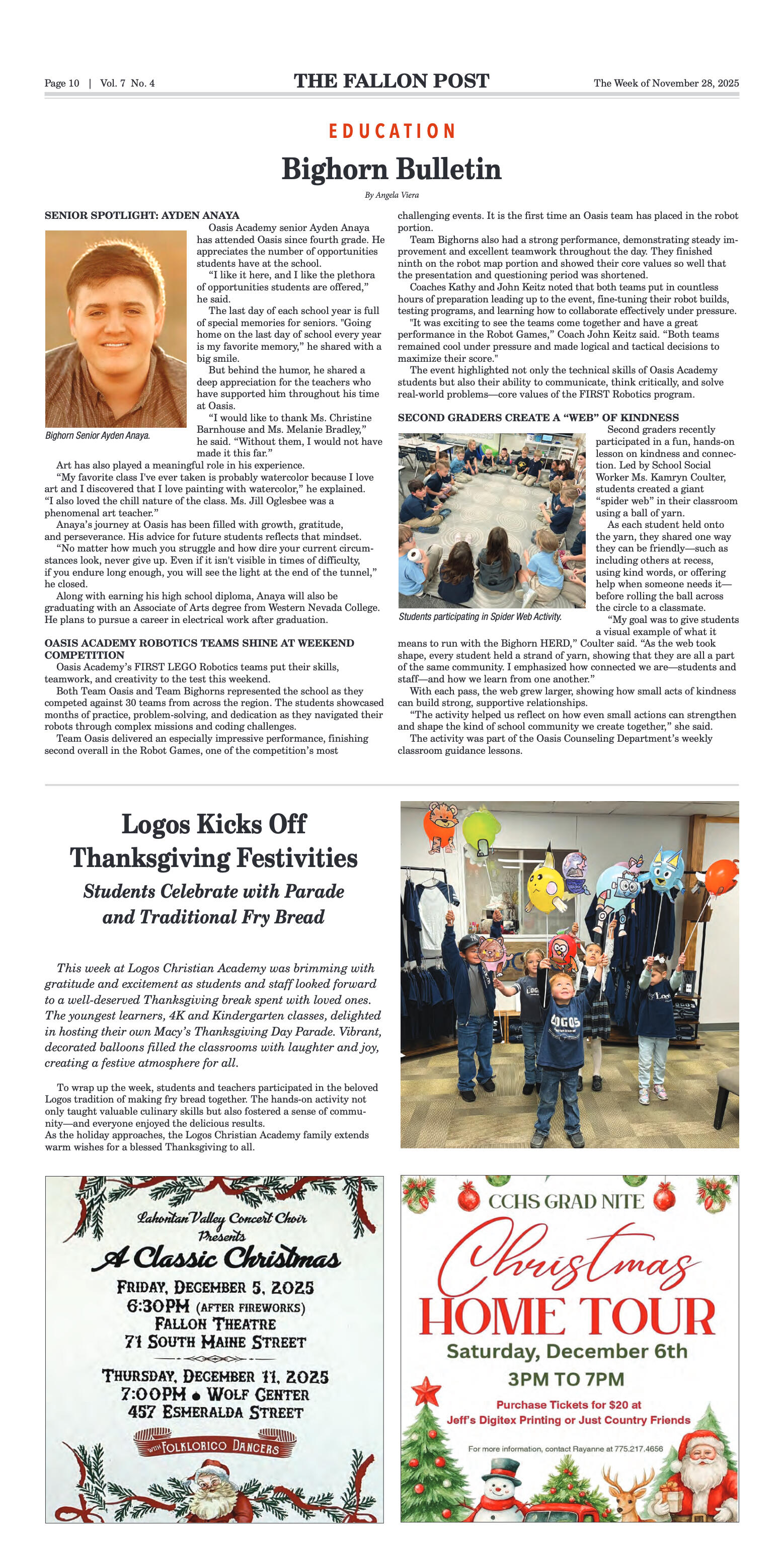
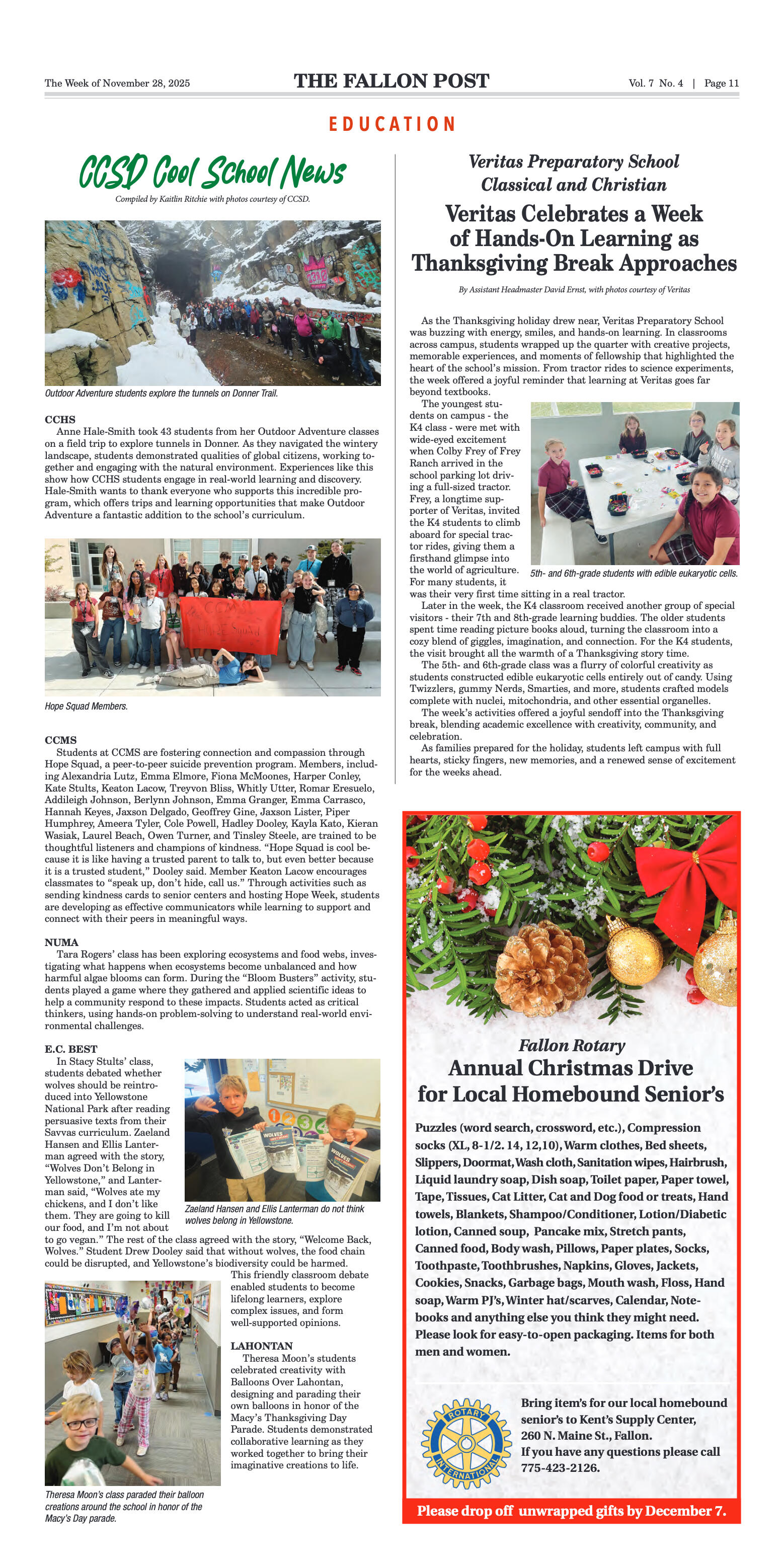

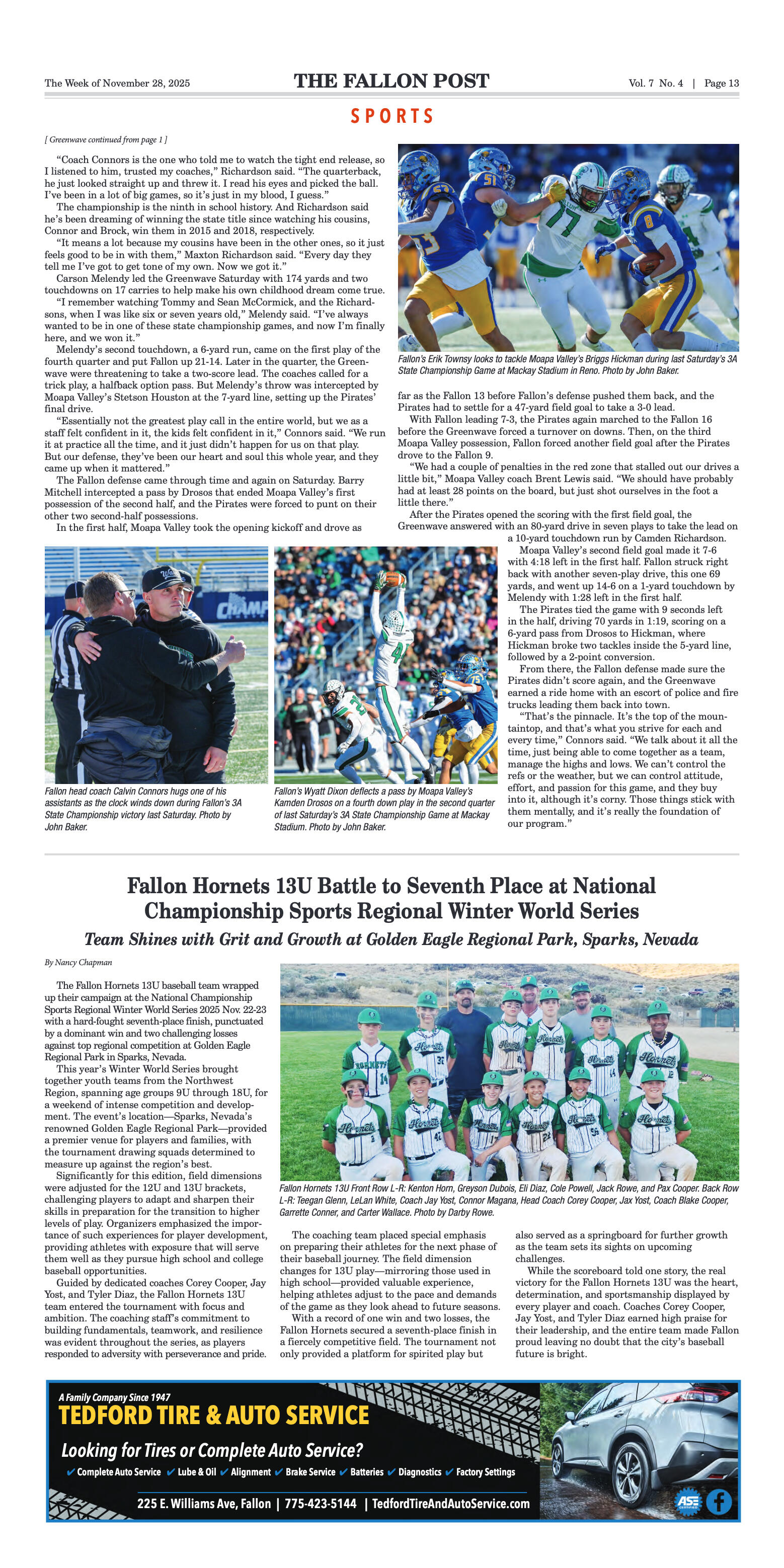
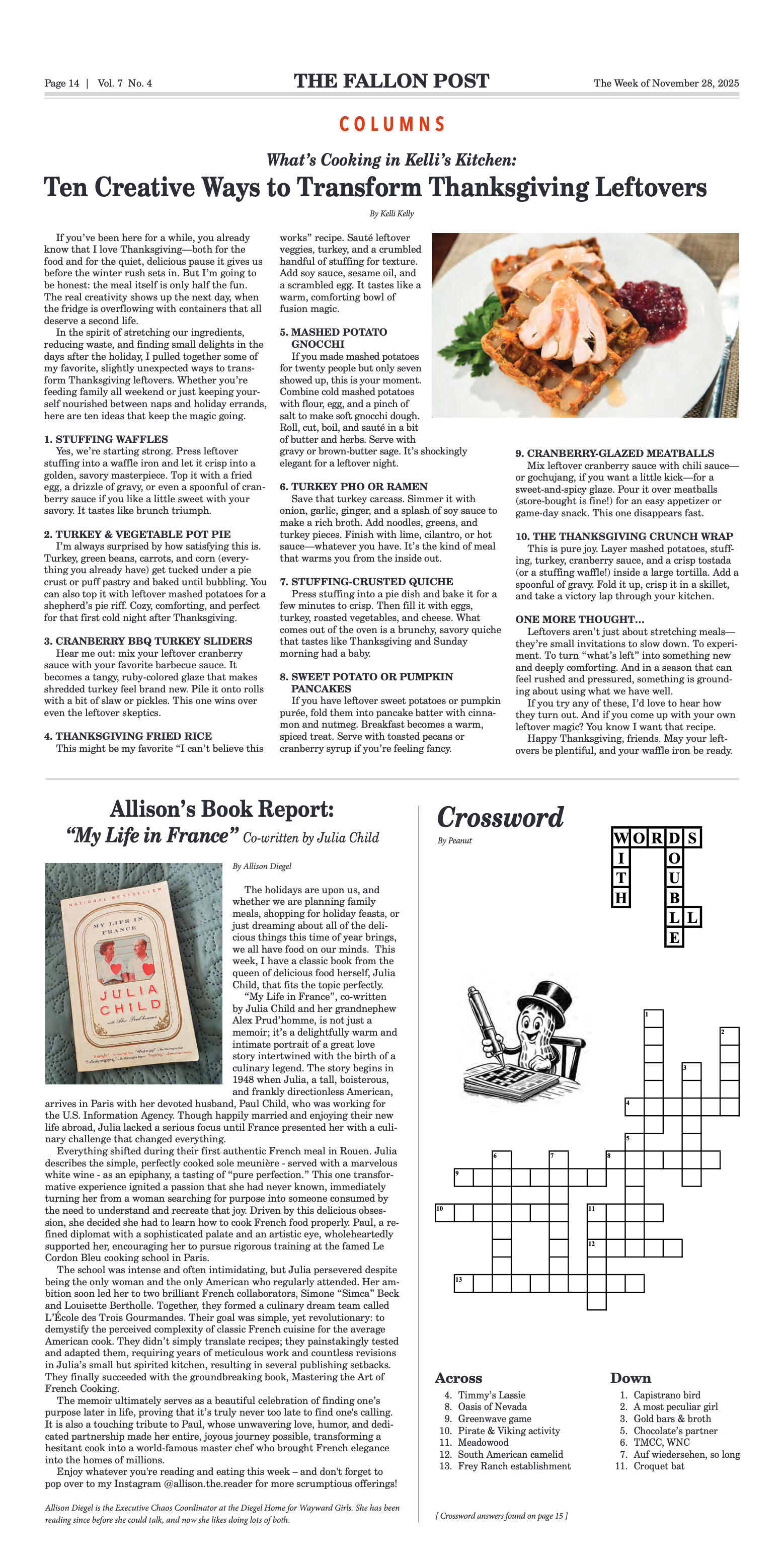
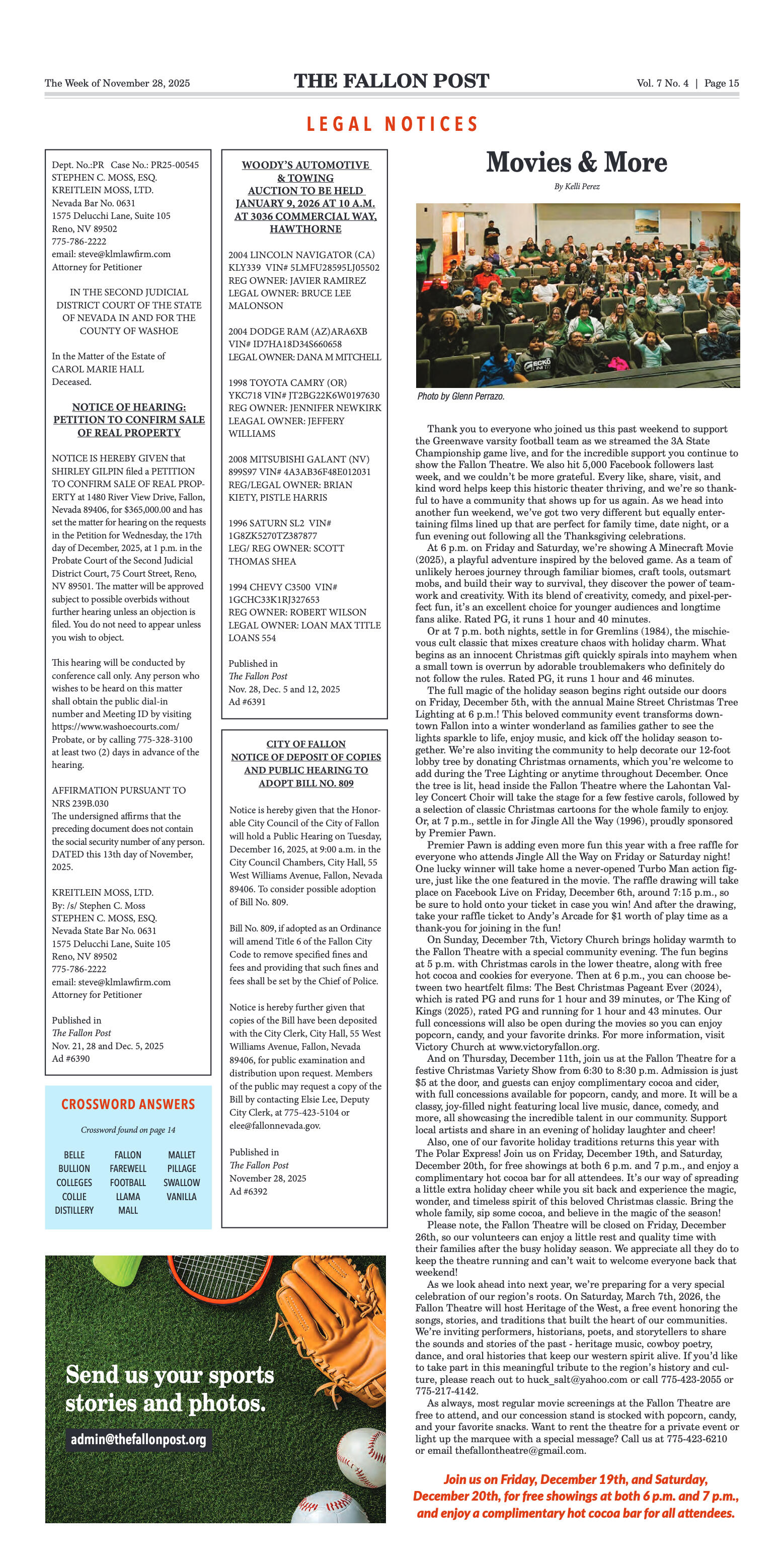
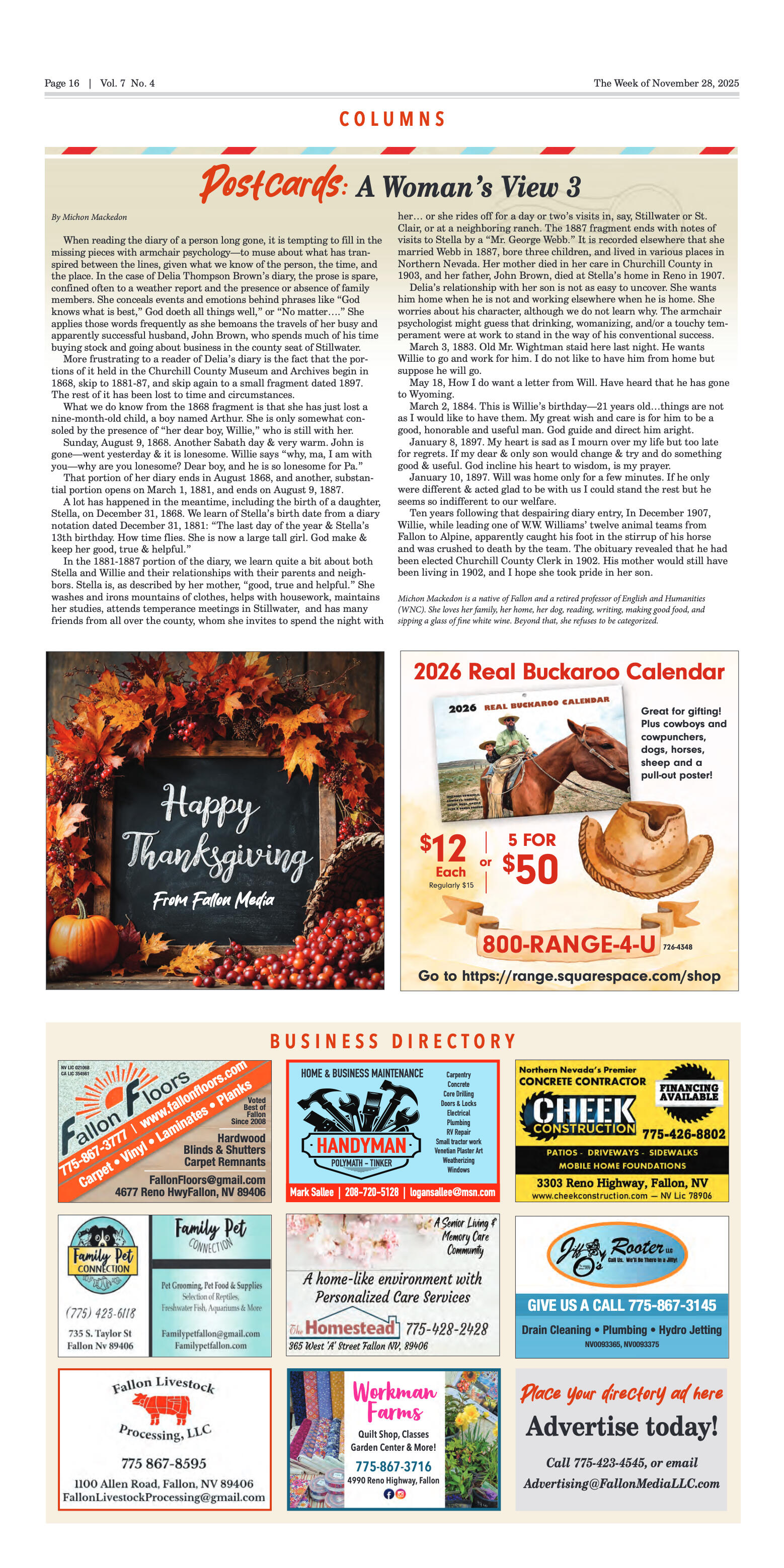


























Comment
Comments